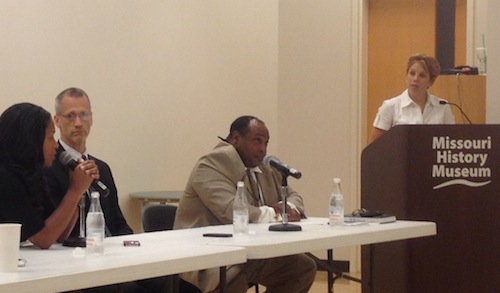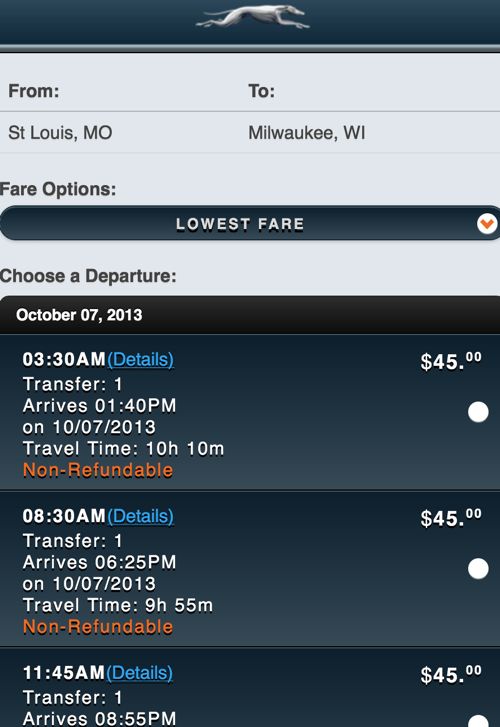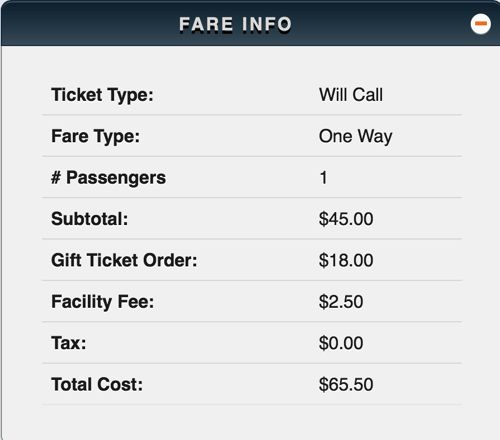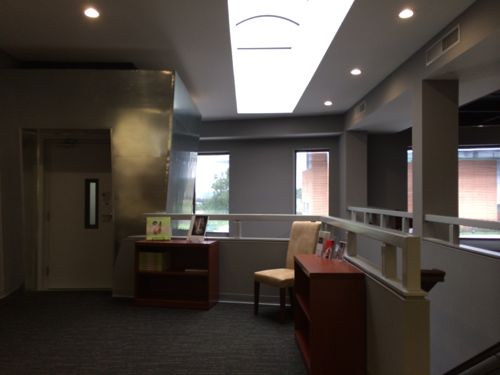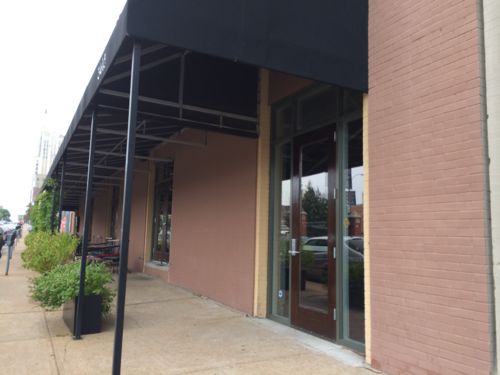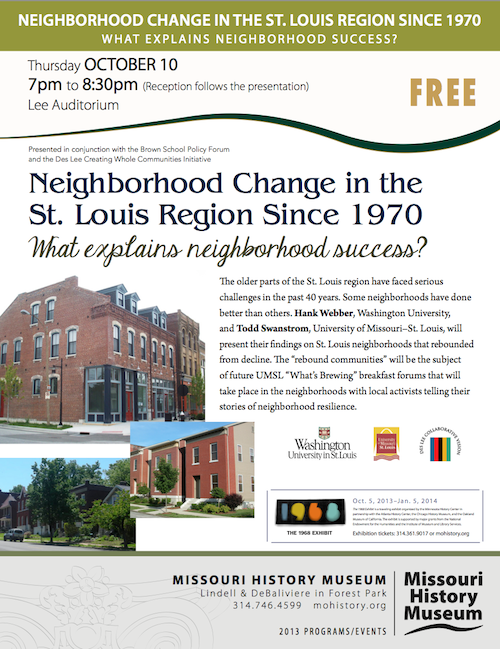No Trespassing Property of City of St. Louis
|
|
Last month I went down street after street, passing vacant lots where homes once stood, all owned by the City of St. Louis. It was depressing to think a once lively neighborhood has been erased, except for roads & sidewalks. You’re probably thinking I was somewhere in north St. Louis, but I was actually in St. Louis County. At one point I even crossed over I-270! Yes, because of the Lambert runway expansion the City of St. Louis owns hundreds of acres in the City of Bridgeton: the former Carrollton subdivision.
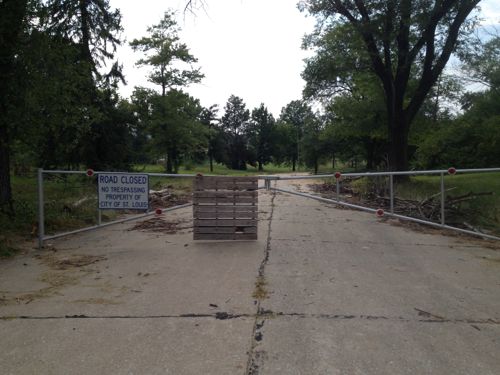
Click image for map.
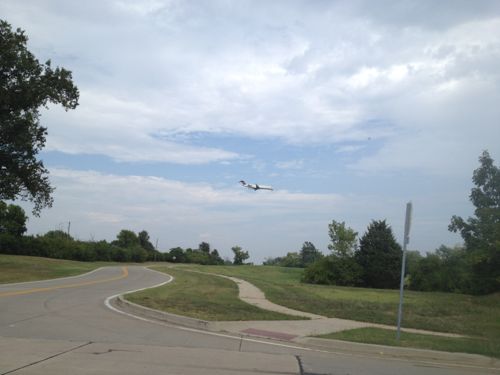
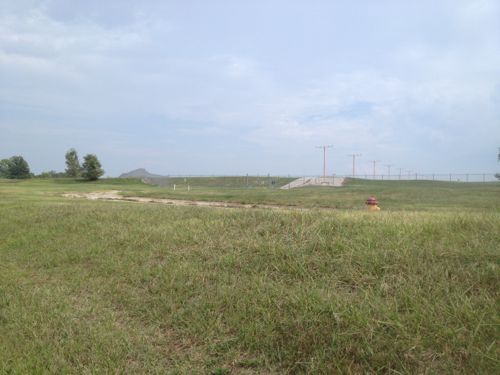
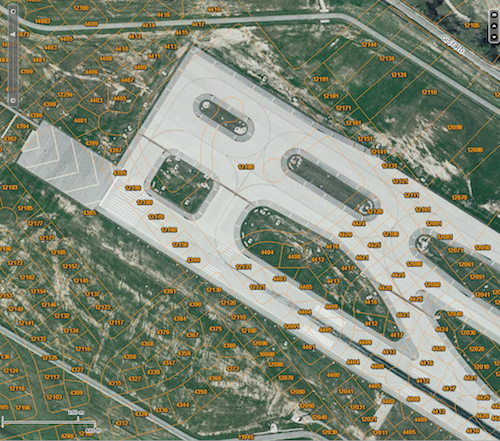
b
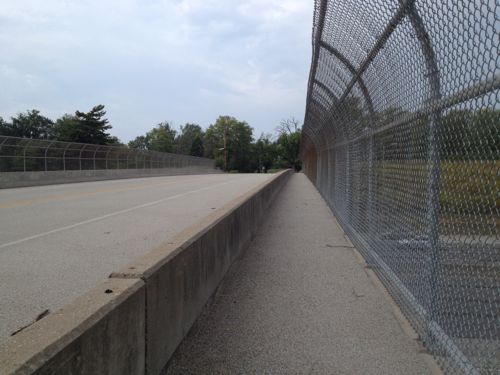
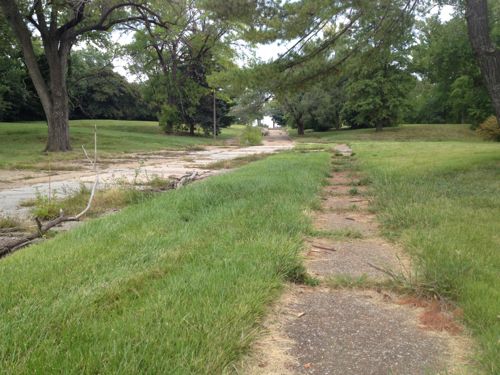
St. Louis is responsible for maintaing the properties, cutting acres of grass basically. Not only does St. Louis have too much property in St. Louis, they also have too much in Bridgeton!
The land can’t be used for residential purposes, but office/retail/industrial is apparently fine. The problem is St. Louis must repay the FAA if it sells the property, making it very costly to develop based on the amount the FAA paid.
And that runway? From a 2007 MIT-student analysis:
The need for runway 11-29 was actually delay-driven, not demand-driven. Although the levels of demand from the forecast never materialized, the new runway did provide the capability to perform dual independent IFR approaches at Lambert. Again, although the delay cost savings are less than initially projected, there are nonetheless savings that can be directly attributed to the new runway. Thus despite the over-optimistic demand forecast, the construction new runway does seem to have been justified.
With regard to flexible planning, the Lambert officials were indeed responsive to the lower actual passenger traffic than was originally projected. The terminal expansion plans were abandoned after the traffic collapse. Although it is still possible to implement the terminal expansion plans in the future, it would have been wasteful to do so once demand levels dropped. Thus, the part of the Lambert expansion project that was demand-driven was indeed responsive to the drop in demand.
The new runway was probably cheaper to build when it was than it would have been in the future. It is likely that property acquisition costs as well as construction costs would have increased, and so delaying the runway construction would probably have cost more than proceeding as scheduled. Once traffic returns to St. Louis, runway 11-29 will be an invaluable asset. In fact, it may even provide the competitive advantage needed to draw traffic to Lambert. Thus, it seems that despite the strong-armed actions and swift construction in the face of the dramatic downturn in passenger traffic, the new runway at Lambert- St. Louis International Airport was in fact beneficial.
The runway is built and not going anywhere. Now we just need to figure out what to do to remove hundreds of acres from St. Louis ownership, so that it can again produce tax revenue for St. Louis County & the City of Bridgeton.
— Steve Patterson
b
b
